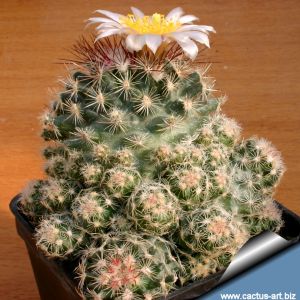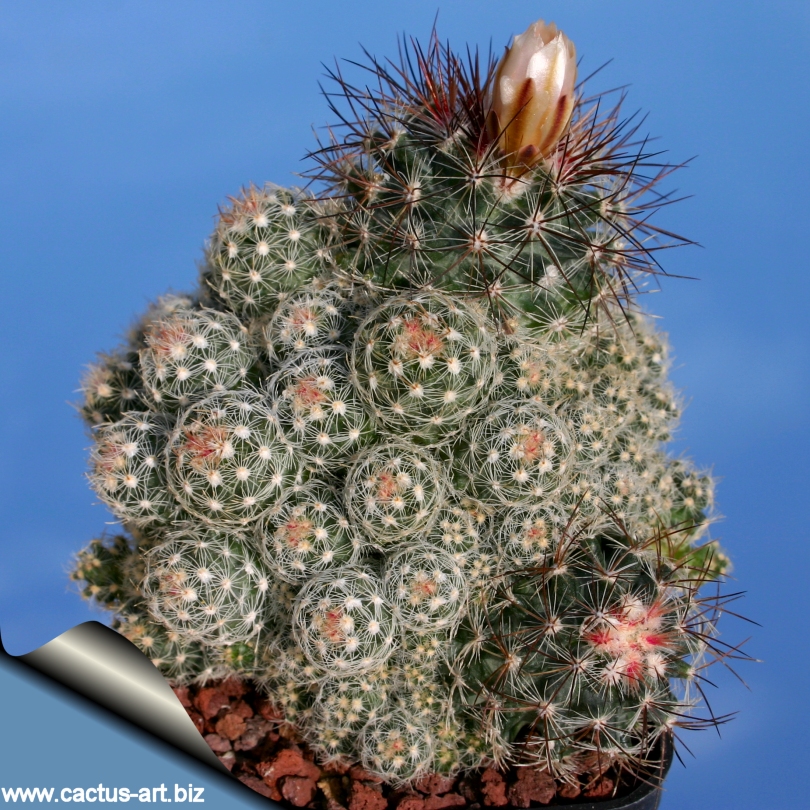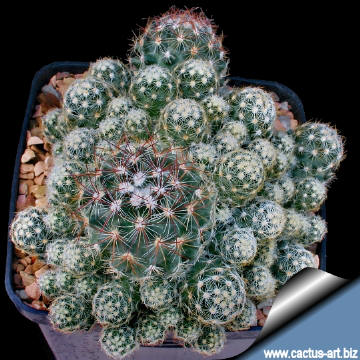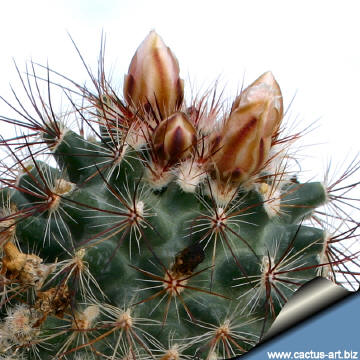-
x
Descrizione
|
SU RADICI PROPRIE, diametro circa 5 cm. Clone proliferante che forma rapidamente grossi cespi. Produce facilmente fiori giallo-crema in primavera.
Family: Cactaceae (Cactus Family) Scientific name: Pediocactus simpsonii (Engelm.) Britt. & Rose Origin: Garden origin (Nursery produced cultivar). Conservation status: Listed in CITES appendix 2. Common Names include: Mountain ball cactus, Simpson’s footcactus, Simpon’s hedgehog cactus
Etymology: Named in honour to the army engineer James H. Simpson who led an expedition in Colorado
|
|
|
|
Description: The standard Pediocactus simpsoni is generally singular but occasionally forms small clusters, while the so called "caespitosa" form is a clone obtained in cultivation characterized by an enhanced and almost monstrous production of basal shoots. This plant forms readily large mound of stems.
Cultivation: Rot prone and not the easiest cactusv to grow on it's own roots in cultivation it need a well drained, porous soil is preferred. Partial shading, especially during the hottest part of the summer, is helpful. Water should be provided in late winter, early spring (the main growing season), and also in Autumn, when flower buds are produced and it starts growing again. Do not l water during the winter seasons. Problems with this plants are most likely to result from improper watering. Too much water and the plant may rot; too little water may result in poor vigor or even death. They are good for outdoor cultivation in raised beds, rock gardens, balconies, window sills etc. Frost Tolerance: Winter hardy from -10° to -25° C (depending on origin) |
|
|
|




